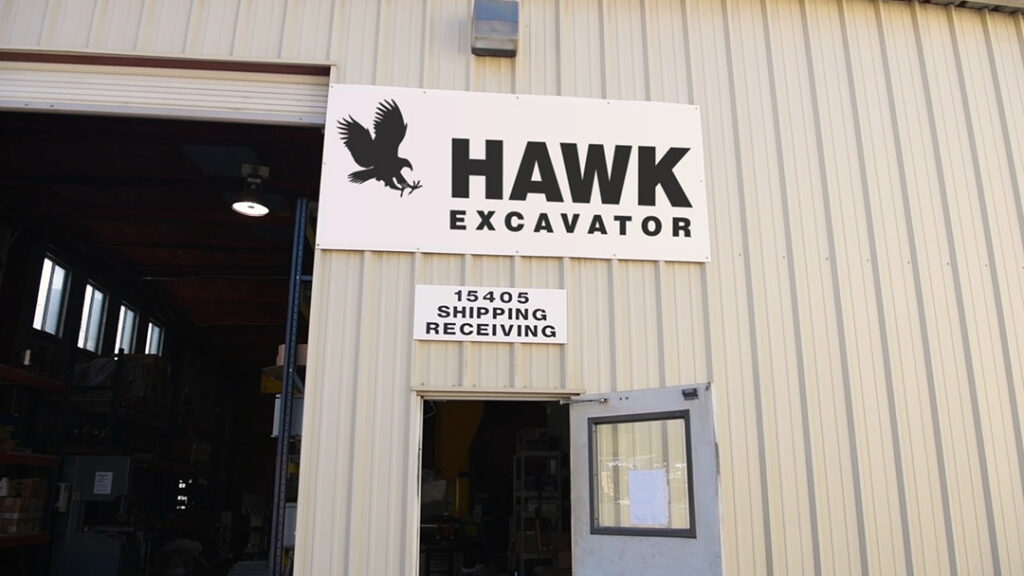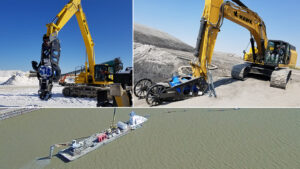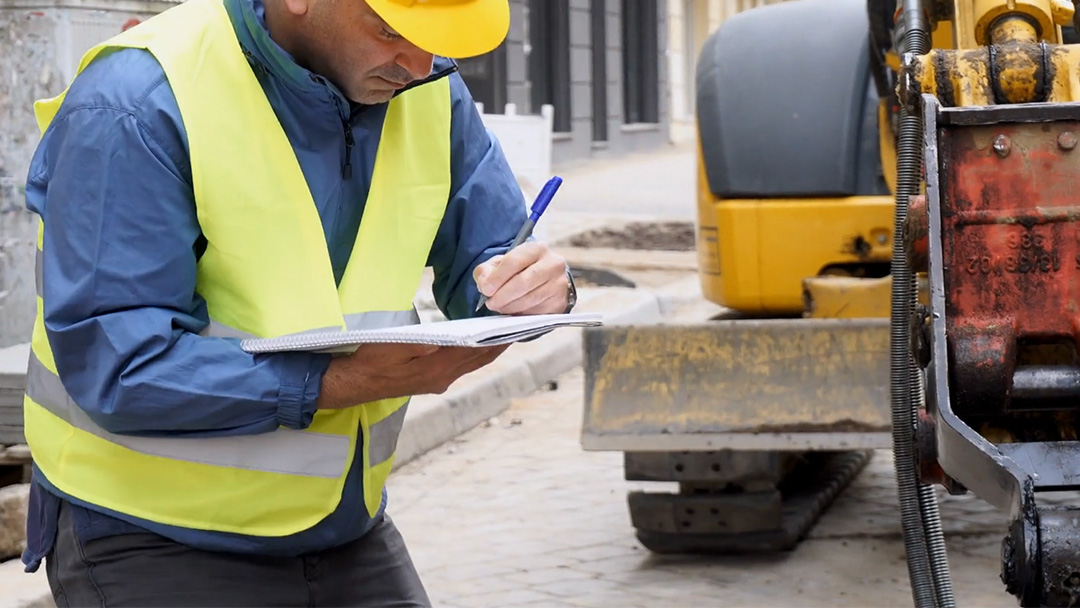- Always use a qualified long-reach manufacturer.
- Inspect the equipment before starting work.
- Plan the lift and take into account the weight of the object to be lifted, as well as the angle of the lift.
- Use stabilizers and outriggers where necessary to provide stability to your equipment under heavy loads.
- Keep in mind the terrain and ground conditions where you will be working.
1. Always use a qualified long-reach manufacturer

When purchasing or renting a long-reach excavator, it is important to ensure that you are dealing with a qualified manufacturer. Qualified manufacturers will have the experience and expertise to properly outfit your excavator with the correct long-reach kit, allowing you to take full advantage of the machine’s capabilities without risk to your equipment.
2. Inspect the equipment before starting work

Before starting any work with your long-reach excavator, it is important to perform a complete inspection of the equipment. This includes inspecting all moving parts for wear and tear, as well as checking fluid levels and making sure that all safety features are in good working order. In addition, it’s important to always follow the manufacturer’s guidelines for safe operation.
3. Plan for the weight and take into account the weight to be lifted

When planning a lift with your long-reach excavator, it is important to take into account the weight of the object to be lifted, as well as the angle of the lift. Lifting an object at too sharp an angle can put undue stress on the equipment, leading to potential damage. Likewise, lifting a heavily weighted object can cause the excavator to become unstable, so it is important to take these factors into account when planning to use a long-reach excavator.
4. Use stabilizers and outriggers where necessary

When working with a long-reach excavator, it is often necessary to use stabilizers and outriggers in order to provide stability to the machine. Under heavy load, an unstable excavator can quickly lead to equipment damage or accidents. By using stabilizers and outriggers as needed, you can help to ensure the safety of both your excavator and the people around it.
5. Keep in mind the terrain and ground conditions where you will be working

When selecting a location to work with a long-reach excavator, it is important to take into account the terrain and ground conditions. uneven ground can cause the excavator to become unstable, potentially leading to accidents or equipment damage. Additionally, a marsh or swampy ground can cause the excavator to sink if not outfitted with an amphibious undercarriage, leading to costly repairs. By selecting a location that is suitable for the long-reach excavator, you can help to ensure safe and efficient operation.
When used correctly, long-reach excavators can provide a number of benefits for industrial applications. By following these best practices, operators can maximize their capabilities By selecting a flat, stable surface to work on, you can ensure that your excavator will not be put into a dangerous situation.
6. Application Benefits of long-reach excavators

The benefits of using a long-reach excavator cover a wide variety of industries and applications. One common application that benefits from a long-reach excavator is in bridge construction. When building a bridge, there is often a need to excavate the earth below the bridge in order to set the foundation. A long-reach excavator can be used to do this excavation from a safe distance, without putting the workers near the edge of the bridge.
Another common application where a long-reach excavator can be useful is in demolition. Many times, when demolishing a building, there is a need to remove the section of the building that is closest to the ground. This is often done by using a wrecking ball, but this can be dangerous and can potentially damage the surrounding buildings that need to be kept free from damage. With a long-reach excavator, however, this type of demolition can be done safely and efficiently.
Long-reach excavators also greatly help with dredging by allowing the operator to dredge a much larger area than with a standard excavator. In addition, the excavator can be converted into a hydraulic dredger by attaching a dredge pump.
The EDDY Pump Excavator Attachment is unique to the market and improves the process for high solids pumping while using the hydraulic power of your existing excavators. It pins into bucket linkage easily without any modifications needed to make it fit properly on different brands of machines. This ensures a perfect fit along with support from the same company as well as not having to use 3rd party pumps like our competition does which may cause issues down the road or even damage equipment if they are not compatible correctly. You will love how easy this makes dredging!
7. Enhance job safety

Long-reach excavator kits may also improve the safety profile of the work site by lowering workplace hazards and reducing risk to human personnel. A long-reach excavator can help in completing specific tasks from a safer distance and it can also help to keep the operator out of harm’s way. To safely operate this complicated equipment, you’ll need highly skilled operators who have been trained and certified properly.
It is important to be aware that while a long-reach excavator can be a powerful tool, it is not always the best solution for every job. Before deciding to bring in a long-reach excavator, be sure to evaluate the specific needs of the job and determine if a long-reach excavator is the most appropriate solution. For complex projects, obtaining expert construction or dredging advice may assist you in determining the most appropriate tools for each phase of the project.
In conclusion, long-reach excavators can be a valuable asset for certain industrial applications. When operated safely and correctly, they can help to improve worker safety and efficiency on the job site. Always be sure to evaluate the specific needs of the job before making a decision to bring in a long-reach excavator.

